Large, heavy doors are in demand, but moving them is a challenge. Using the wrong hardware leads to sagging, sticking, and failure, creating problems for your clients and your reputation.
A heavy-duty sliding door system is a set of specialized hardware, including a robust track, high-capacity rollers, and strong hangers. It’s engineered to support and smoothly operate very large and heavy doors, typically from 80kg to 160kg or more, ensuring safety, durability, and effortless movement.
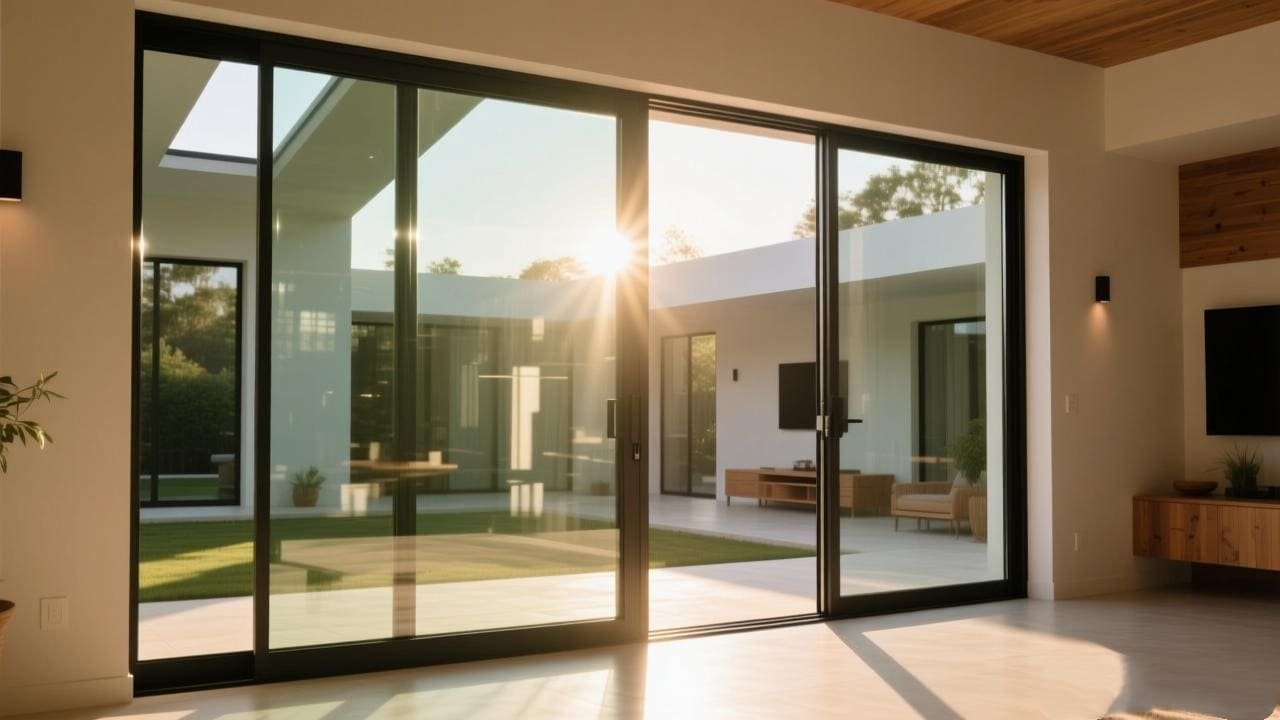
The demand for flexible, open-concept spaces is growing. This means room-dividing elements like doors are becoming bigger and heavier. At my factory, opensliding, we see this trend every day. We developed our heavy-duty systems specifically for doors weighing between 80 and 160 kg. But what makes a system "heavy-duty"? It’s more than just the weight rating. Let’s break down the key components you need to understand to make the right purchasing decision.
What is a heavy duty door?
You see "heavy-duty door" on project specifications, but what does it really mean? Using the wrong definition can lead to ordering incorrect and inadequate hardware for the job.
A heavy-duty door is defined by its substantial weight and size, not just its function. It’s typically made from materials like solid wood, thick laminated glass, or steel, and its weight often starts at 80kg. These doors are used for large openings in commercial or high-end residential projects.
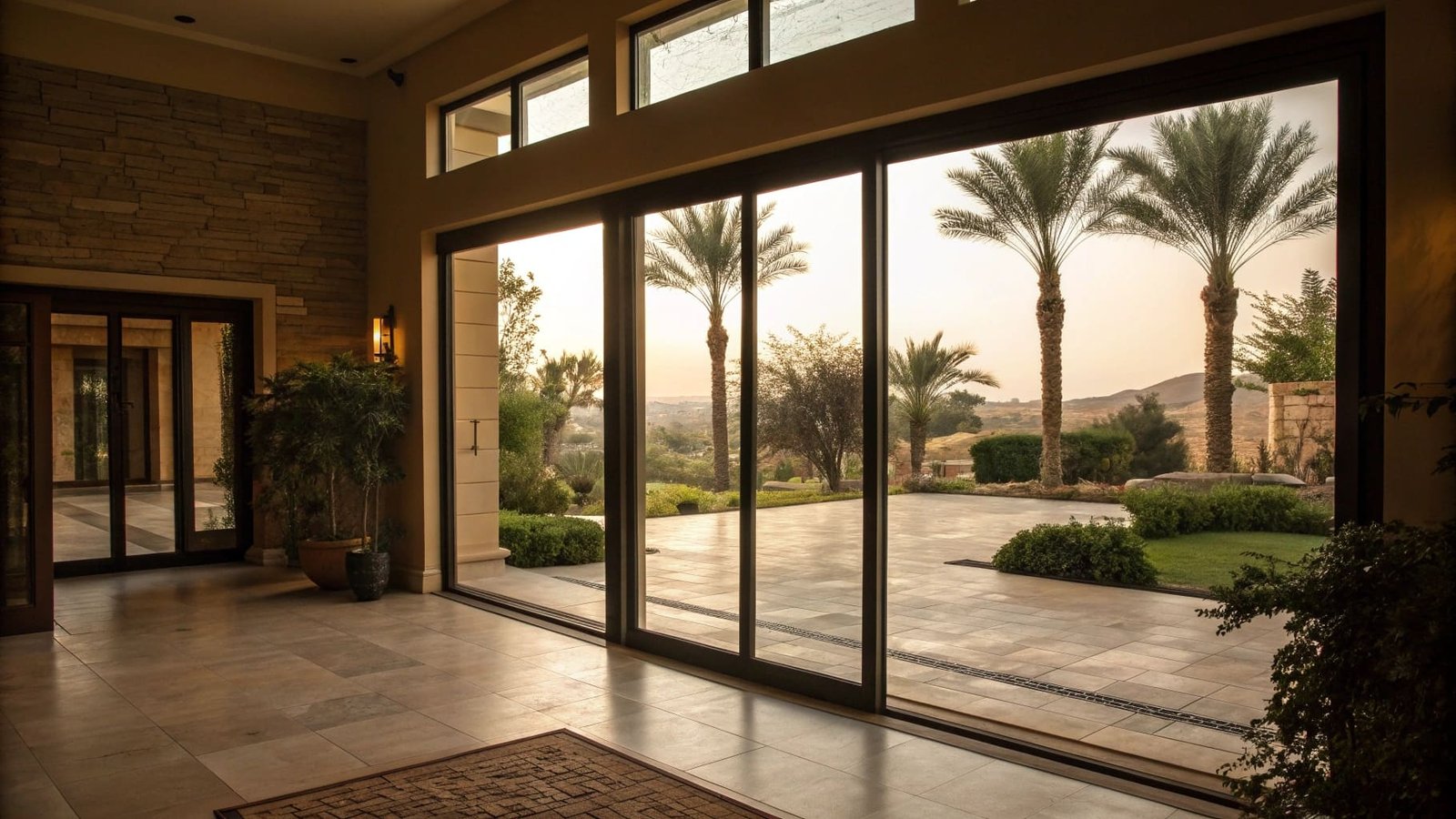
A heavy-duty door is fundamentally different from a standard interior door. The difference isn’t just a few kilograms; it’s about the entire construction and intended application. These doors are architectural statements. They can be massive single panels of glass that separate a conference room or oversized solid wood barn doors that become the centerpiece of a living area. The materials used contribute significantly to their weight and require specialized hardware to function correctly. As a purchasing manager, you need to know the door’s specifications—its material, exact weight, and dimensions—before you can even begin to source the right sliding system. Here’s a simple comparison to help you distinguish them.
| Feature | Standard Door | Heavy-Duty Door |
|---|---|---|
| Typical Weight | 20kg – 40kg | 80kg – 160kg+ |
| Core Material | Hollow Core, MDF | Solid Wood, Steel, Thick Glass |
| Common Use | Bedrooms, Closets | Room Partitions, Patios, Warehouses |
| Hardware Needs | Standard Rollers | High-Capacity Rollers, Reinforced Track |
How to make heavy sliding doors slide easier?
A heavy sliding door should not feel heavy to operate. If it grinds, sticks, or requires a lot of force to move, you have a problem that reflects poorly on the final product.
To make a heavy door slide easier, the secret is in the hardware. You must use high-quality, precision-engineered rollers with smooth ball bearings, paired with a strong and perfectly level track. A soft-close mechanism can also absorb momentum, making the door feel lighter and more controlled.
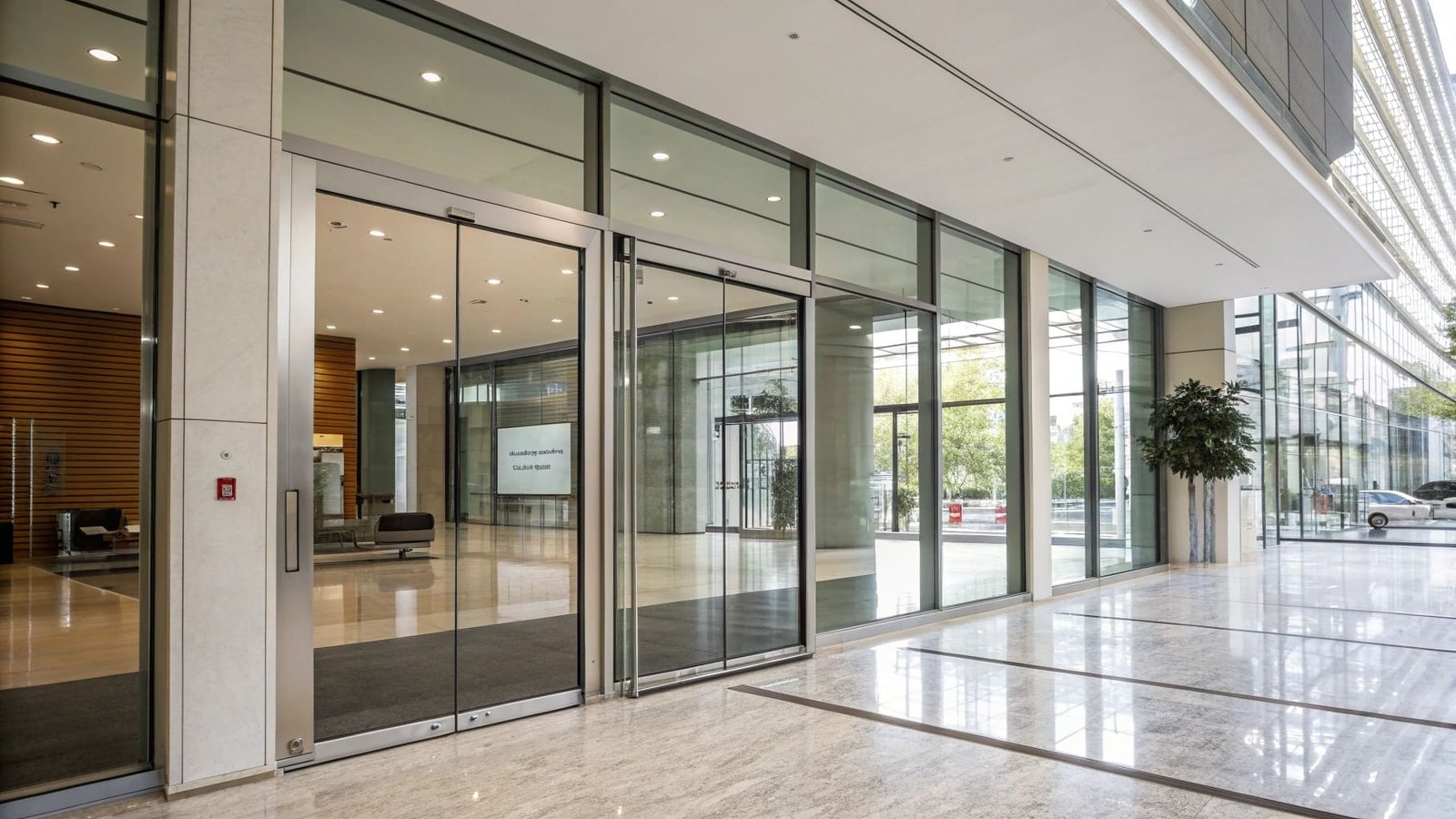
From my experience manufacturing these systems, the feeling of "effortless glide" comes from three key areas. Getting these right is non-negotiable for a premium result.
1. High-Performance Rollers
The rollers do all the work. The quality of the bearings inside is critical. Cheap rollers use simple bushings that wear out and create friction. For heavy doors, you need sealed ball bearings1. These reduce friction to almost zero, allowing a 150kg door to be moved with a single finger. The material of the wheel itself also matters; durable nylon is quiet and smooth.
2. A Strong and Level Track
The track is the foundation. It must be made from high-grade aluminum or steel that will not bend or deform under the door’s weight. Even more important is the installation. The track must be perfectly level. If it’s not, gravity will work against you, causing the door to roll on its own or be difficult to move uphill.
3. Smart Add-Ons like Soft-Close
A soft-close or soft-open damper2 is a small hydraulic mechanism integrated into the system. It catches the door in the last few centimeters of travel and pulls it gently shut or fully open. This not only prevents slamming but also helps manage the door’s momentum, making the user experience much smoother and safer.
What is the meaning of XO in sliding doors?
You’ve probably seen "XO" on architectural drawings or in product descriptions. Misunderstanding this simple code can lead to ordering a door that operates in the wrong direction, causing major delays.
"XO" is an industry standard code that describes the configuration of a sliding door or window, as viewed from the outside. The "X" represents the moving or operable panel, while the "O" represents the fixed or stationary panel. An "XO" door means the left panel slides and the right is fixed.
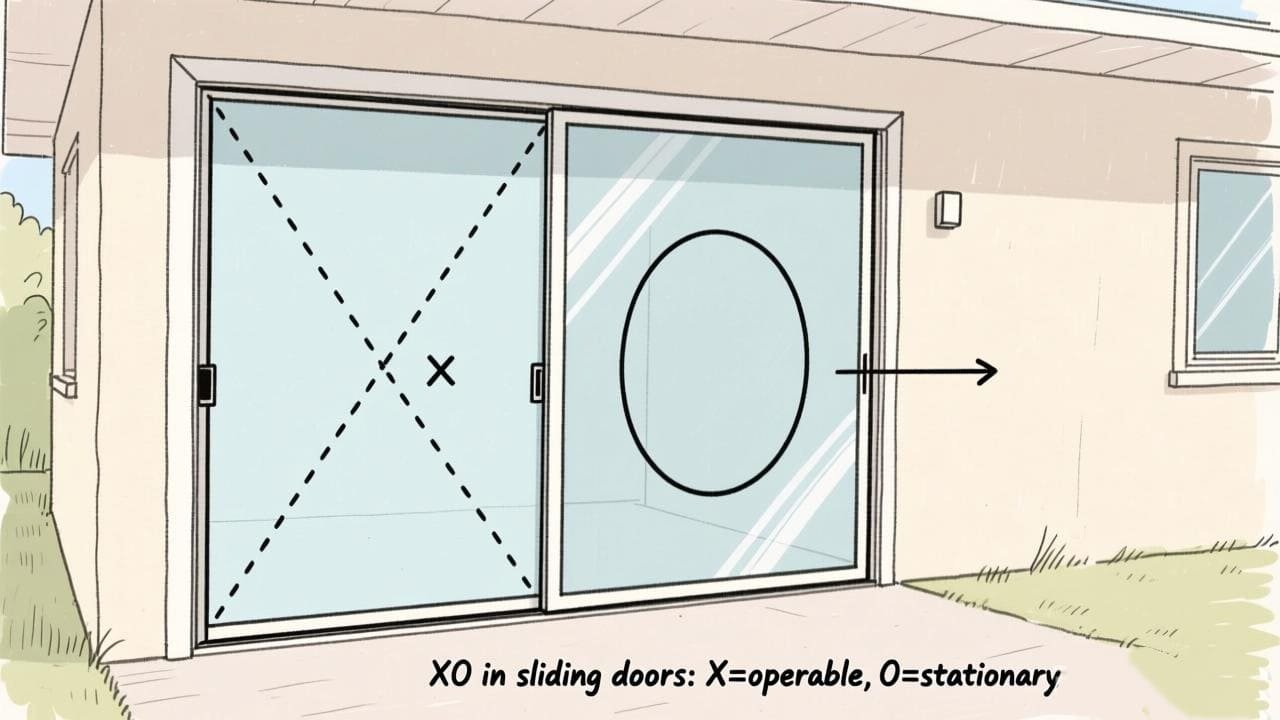
This simple notation is crucial for clear communication between architects, builders, and suppliers like us. Getting it right ensures the correct product is ordered and installed. The key is to remember you are always looking at the door from the exterior of the building or room. The letter "X" looks like it’s in motion, which can help you remember it represents the sliding panel. "O" looks like a closed, fixed shape. Let’s look at the most common configurations you’ll encounter. This knowledge is essential when you’re purchasing for multiple units and need to ensure consistency across a project.
| Code | Viewpoint | Description |
|---|---|---|
| XO | Exterior | Two panels: Left panel slides, right panel is fixed. |
| OX | Exterior | Two panels: Right panel slides, left panel is fixed. |
| OXXO | Exterior | Four panels: The two center panels slide open towards the fixed outer panels. |
| XOX | Exterior | Three panels: The center panel is fixed, and the two outer panels slide towards the center. |
Understanding this simple language prevents costly mistakes and makes you a more effective purchaser.
What is the common problem with sliding doors?
Sliding doors are incredibly functional until they start having problems. A door that sticks, jumps off its track, or hangs crookedly can ruin the user’s experience and lead to service calls.
The most common problems with sliding doors are difficulty sliding, noisy operation, and misalignment. These issues almost always come from one of three things: a dirty track, worn-out rollers, or improper door alignment. Quality hardware from the start is the best prevention.
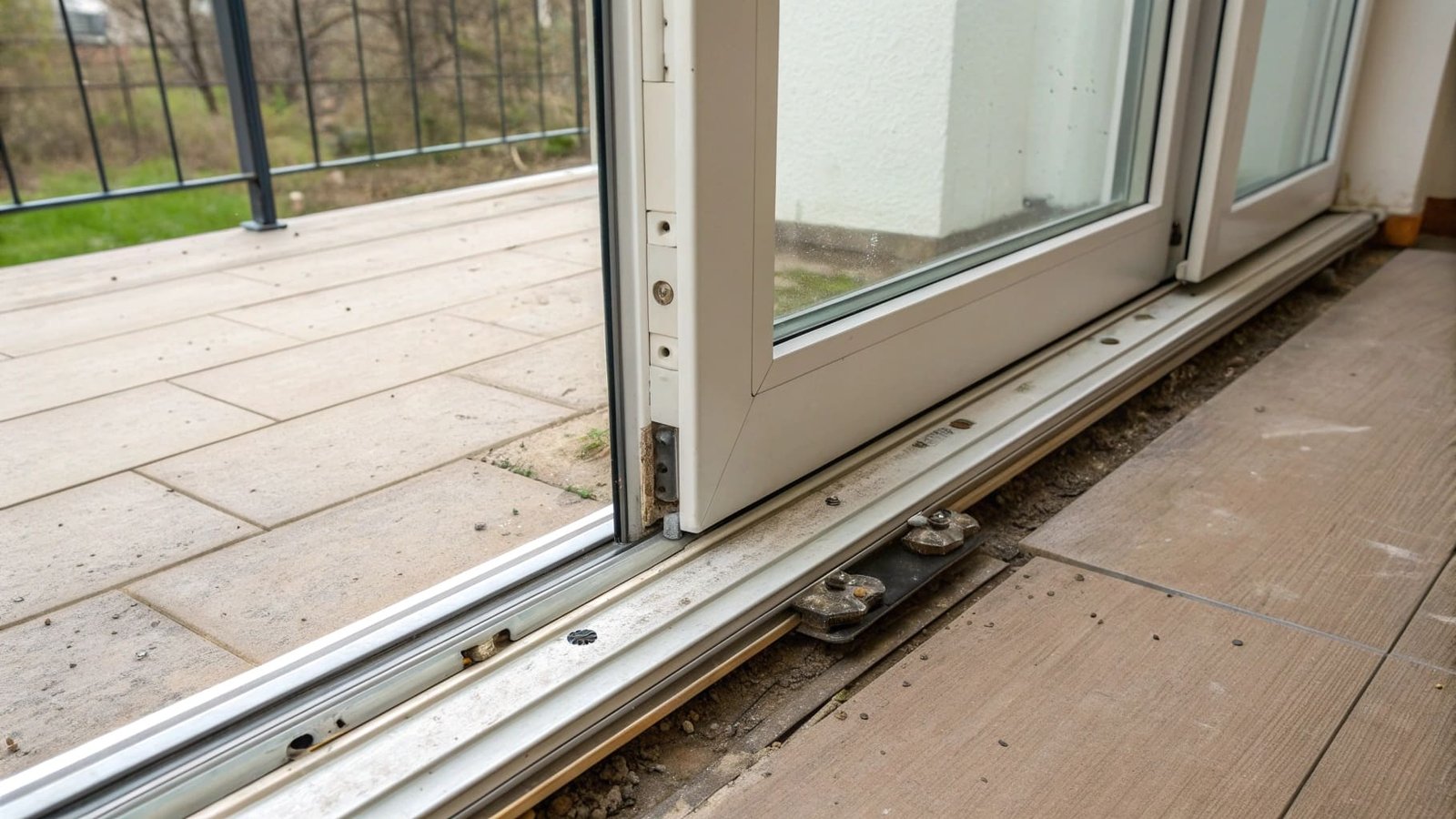
In my years of working with door factories and contractors, I’ve seen the same issues come up again and again. The good news is that they are almost always preventable. When your customers report a problem, it usually falls into one of these categories. By understanding the cause, you can better select hardware that avoids these pitfalls. For example, our opensliding systems use rollers with anti-jump features and durable wheels designed to resist wear. Investing in better components upfront saves a lot of headaches later.
Here is a breakdown of common issues and their typical causes.
| Problem | Likely Cause(s) | How Quality Hardware Helps |
|---|---|---|
| Door is Hard to Move | Dirt/debris in the track. Worn-out, low-quality rollers without ball bearings. | A clean track design and smooth, sealed ball-bearing rollers minimize friction. |
| Door Jumps Off Track | Worn or broken roller wheels. A bent track. Rollers without an anti-jump feature. | Components with anti-jump pins or clips lock the roller into the track for safety. |
| Door Doesn’t Align | House settling over time. Rollers have come out of adjustment. Weak track is sagging. | Systems with easy-to-use vertical adjustment screws allow for fine-tuning after installation. |
Conclusion
A quality heavy-duty sliding system is the foundation for modern, flexible spaces. Choosing the right hardware with high-performance rollers and a strong track ensures effortless operation, safety, and project success.

